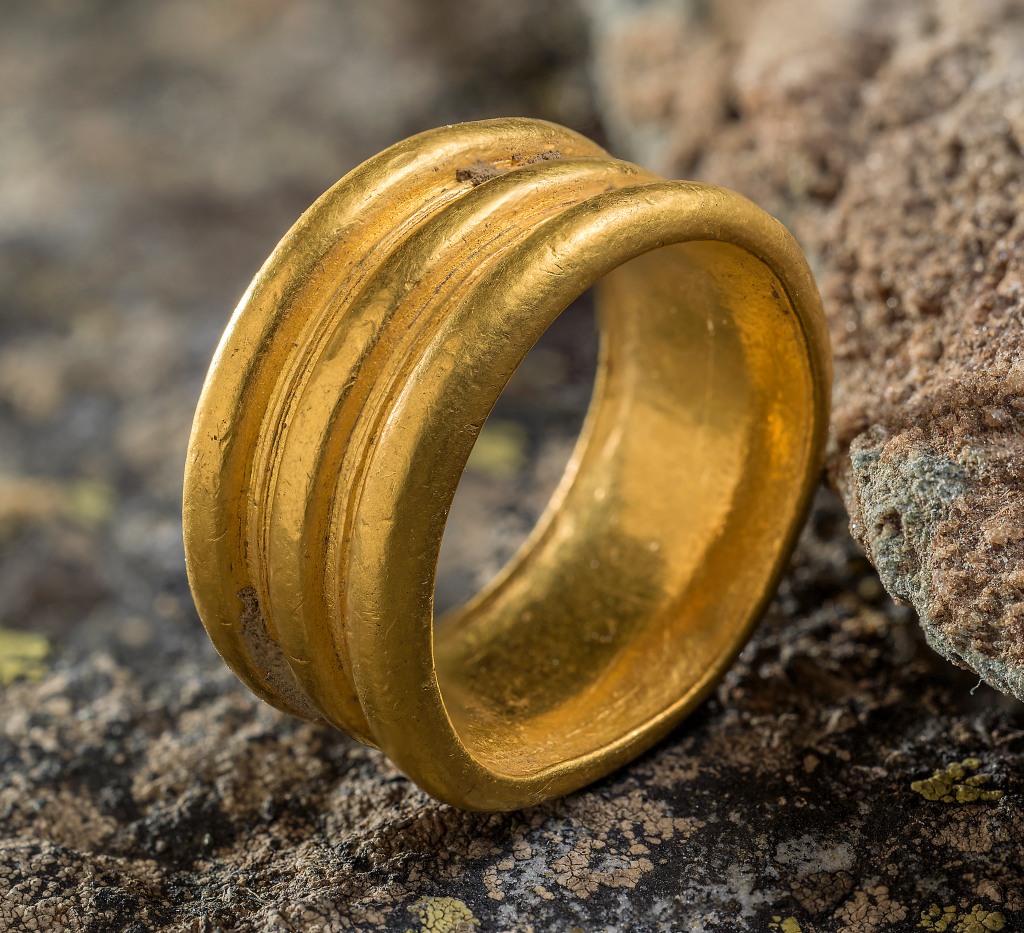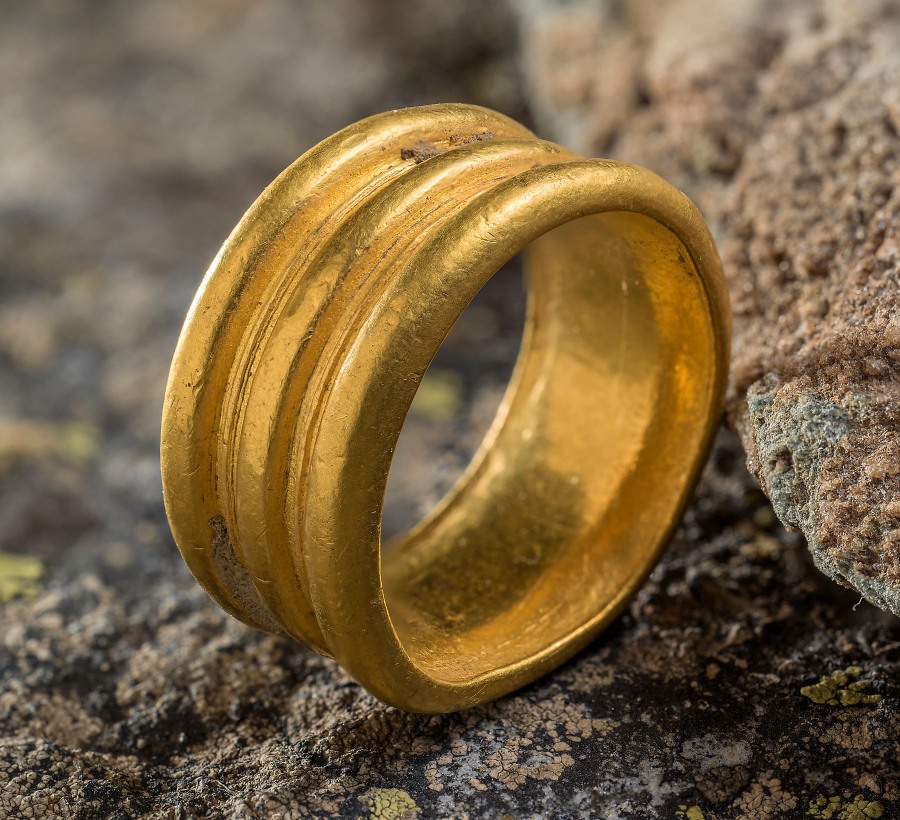Earlier, when I heard the word ‘metal detector’ in connection with historical finds, I always got a chill down my back. Why? Well, I don’t really know, but maybe because of all the plundering of graves that has been going on in general. Grave looting and grave robbing has been a huge problem and it doesn’t only affect Viking age graves, but also other periods like for example World War II burials and battle fields. Earlier I had a routine where I would go to Ebay or different places where one could find archaeological artifacts. Most of them were clearly objects stolen from graves, burial sites or mounds. I dreamt that I could buy them all and give them to museums, but this wouldn’t be right either as the grave robbers would benefit of it and continue their misdeeds. This would upset me so much, I had to stop searching for stuff like ‘viking’ on Ebay.
During the last few years, my view on metal detecting has improved a lot, especially on a Norwegian basis. I think the turning point was when Karl Johan Valderhaug found a gold ring during a metal detector session together with Trondheim Metallsøkerklubb in September 2014. After a long time of not finding anything in particular in a field at Melhus, he suddenly got a good signal on his detector. When I dug up the object, he saw that is was a huge gold ring.

Gold ring (T26425) from Rimol, Melhus.
Picture by Åge Hojem, NTNU Vitenskapsmuseet, CC BY-SA 4.0
Karl Johan delivered the ring to NTNU Vitenskapsmuseet, as stated in the Norwegian law of cultural heritage. It states that all objects which are from before 1537 AD are automatically protected by this law and shall be handed in to someone who can care properly for the objects. I am so glad that we have this law in Norway because it protects our cultural heritage. The cultural heritage is something we can never get back if it is ever lost.
When the ring that Karl Johan found was handed to the museum, it was weight and looked at. It weighed 30 grams, which is quite a lot. It was dated to the Late Roman Period and most probably belonged to a lager man – the ring is quite large. A very similar ring (T16351) has been found not so far away from Karl Johans ring. This ring is also from the Late Roman period, has the same appearance, with three grooves in it, but weights considerately less than the ring Karl Johan found.

Gold ring (T16351) from Gimsan, Melhus.
Photo by NTNU, Vitenskapsmuseet CC BY-SA 4.0
I think the Norwegian metal detector groups are an absolutely fantastic resource when it comes to finding new archaeological finds. So many new objects and so many new burial sites have been found after they started their great work. As long as it is done right – and let me emphasize, these guys are doing it correctly! – this is truly a great way to find out more about the humans who lived before us. This time I only highlighted one group and one finder, but there are several great groups and so many incredible finds done by these.
If you are considering starting with metal detecting, please read the rules and the laws in your area. Join a metal detecting group and learn from the more experienced metal detectors.
Have a lovely day!

Liked & Shared. Thank you !
_
https://twitter.com/outosego/status/1335669704678109185
LikeLiked by 1 person
Thanks for the info. I will look up what the rules are in the US before starting.
LikeLike
Allways nice to see the ring again 😊
The find of my life, and hopefully it will come on display again soon so i can visit it again.
Until then, i have a pretty 30 gram gold replica on my finger 😊❤️
Enjoyed the read, and i am glad that the find somewhat changed your views on deteccting in a positive way 😊
LikeLike
The ring you found is amazing! I highly respect the thoroughness of your work with the metal detector. I mean, finding the pieces is one thing, but the way you handle the finds and pointing the location, handing it in so quickly, keeping the location of the find somewhat secret. I highly appreciate it!
I’m glad you liked the post! 😀🧡
LikeLike